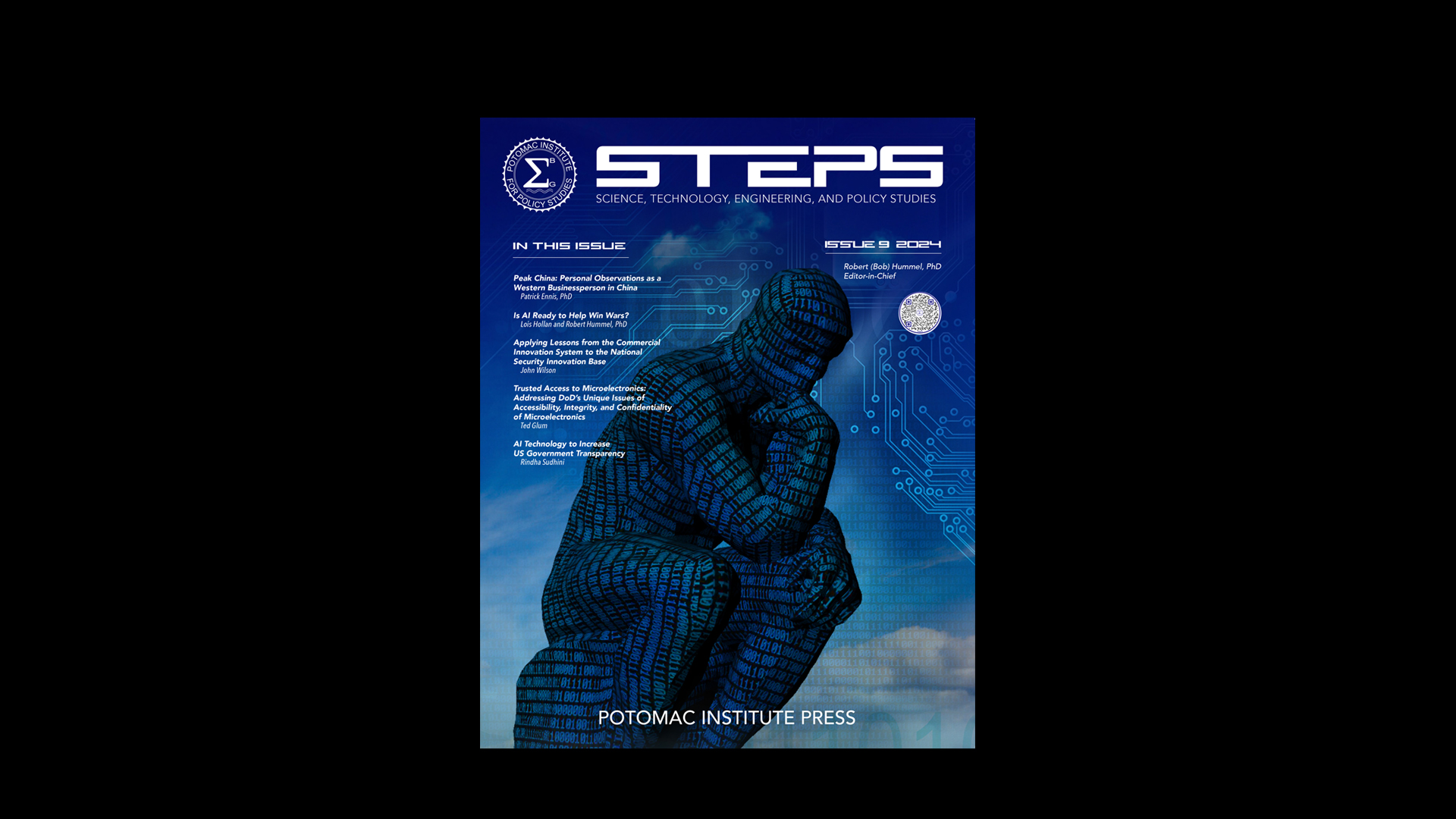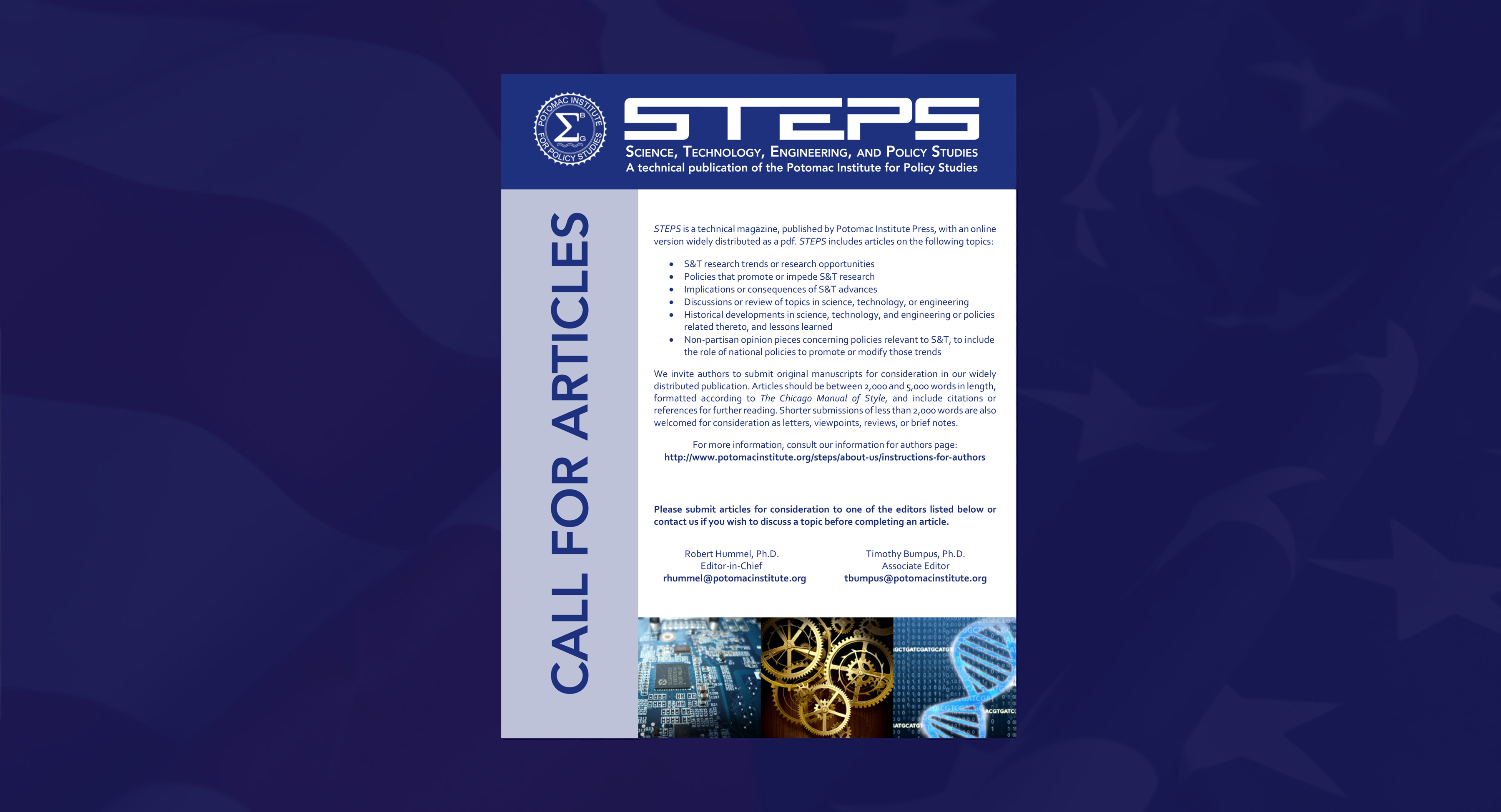by Paul Syers
Who’s ready to be a cyborg? I am! In discussions about the future of intelligence, most people think about A.I. or bioengineering. With both technologies, people worry about the dangerous consequences. I see promise, however, in a third option: human enhancement through electronics. In today’s society, we have already developed a symbiotic relationship with technology. Why not embrace that symbiosis and enhance it for the betterment of mankind?
Instead of worrying about developing an independent intelligence in a computer that could one day overpower humanity, why not develop ways to use computers like just another organ? I imagine a future where our brains can interact directly with multiple soft A.I. programs, allowing us to outsource many functions – like sensory systems, memory storage, and data mining – while still using the human brain to retain overall awareness and analytic control.
Unlike genetic engineering, this type of intelligence augmentation would have the advantage of not being permanent. Humans could plug into and unplug out of the added capabilities. This allows us to continue to answer the question of “what it means to be human” on an individual level. Those who reject augmentation can opt out at any time and we can build in ways to reasonably prevent people from forcing augmentation on others.
Some might argue that intelligence augmented in this way is not human intelligence They cannot deny, however, that at least some part of it is human, and at least in the earliest stages, the human part will have control. Eventually this path leads to the ability to fully download a human brain into a computer, but there is much more understanding we can gain along the way.
There will still tough questions to answer, such as how best to provide access, how to ensure some amount of fairness, and who owns the products of augmented intellects. I think these questions, however, will be much easier to reach a consensus on than the questions brought up by fully independent A.I. or radical genetic manipulation. I see this hybrid approach as containing the possibility to create something that is better than the sum of its parts, while at the same time lessening the consequences of failure.
We already have many of the tools and knowledge to move in this direction. Microelectronics are more than cheap, small, and light enough. Advancements in prosthetics and other R&D projects are discovering how to make electronics talk to neurons. The research being done through the BRAIN initiative could also be harnessed to help us reach this goal, but sadly it is not. Mapping the brain is a noble goal, but it won’t lead to the advancements in medical technologies that it promises. Similar promises about curing diseases and genetic defects were made at the outset of the Human Genome Project and they have not materialized. With just a minor shift in the goals and policy of the BRAIN initiative, we could reap so many more benefits. Let’s do it, so that in a few years I can read this blog post directly on my retina.

















